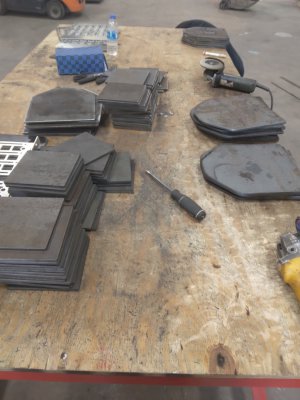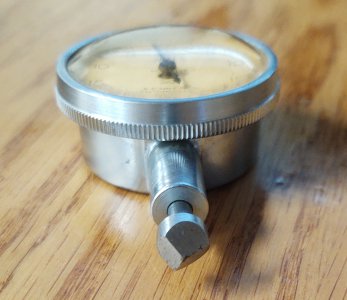- Joined
- Dec 27, 2021
- Messages
- 815
Not today, but I completely forgot to post this awhile back, and I really didn't know if I should at the time. Any way, my company got a contract for chest and backplates for the Ukraine. Don't remember the composition of the steel but it wasn't common, pretty proud of it at the time, even tho had to deal with some questionable characters. Shipped by air immediately,. Pretty cool. We contracted it on being able to use the lazer, but ran into problems with the material, but plasma worked just fine.
Attachments
Last edited:












